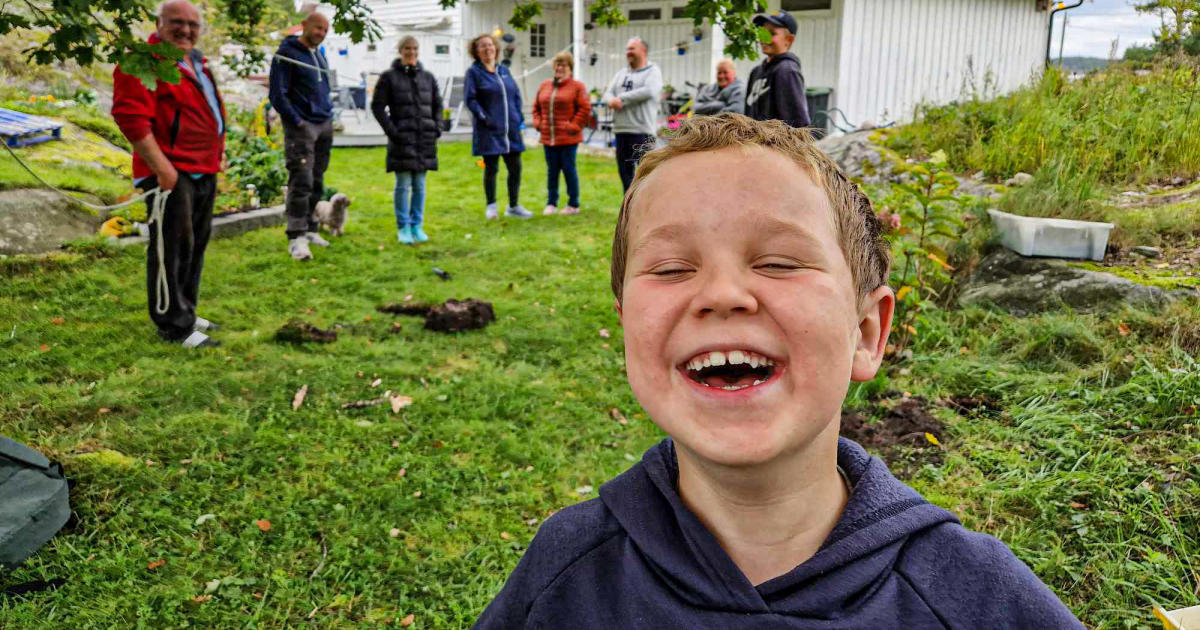Just days after it was revealed that a man with a metal detector made the “gold find of the century” in Norway, a family in the country has made another unprecedented discovery using the same kind of device. The family was looking for a lost gold earring in their garden with a metal detector when they instead discovered artifacts dating back more than 1,000 years, local officials said.
The Aasvik family was searching for the lost jewelry at their home in Jomfruland, but as soon as they turned on the metal detector, they stumbled upon a bowl-shaped buckle and another item that appear to be part of a Viking-era burial, according to a Facebook post this week by the Cultural Heritage of Vestfold and Telemark County Council.
Images posted by the council show the family with a clasp and buckle with intricate engravings at the site of their discovery.
“The discovery was made in the middle of the garden under the big tree,” officials said.
Experts believe the two metal artifacts were used in a woman’s burial from the 9th century. The artifacts are believed to be the first Viking-era discovery in Jomfruland, an island off Norway’s south coast.
Experts knew there had been settlements in Jomfruland dating back many hundreds of years, but the available evidence previously only extended to the early Middle Ages.
Officials praised the family for the unprecedented discovery and for immediately contacting authorities about the rare find.
“They did everything correctly and contacted us first,” officials said.
Earlier this month, officials said a 51-year-old man who had only recently bought his metal detector found nine pendants, three rings and 10 gold pearls on the southern Norwegian island of Rennesoey.
Ole Madsen, director at the Archaeological Museum at the University of Stavanger, called that “the gold find of the century in Norway.”
Thanks for reading CBS NEWS.
Create your free account or log in
for more features.











